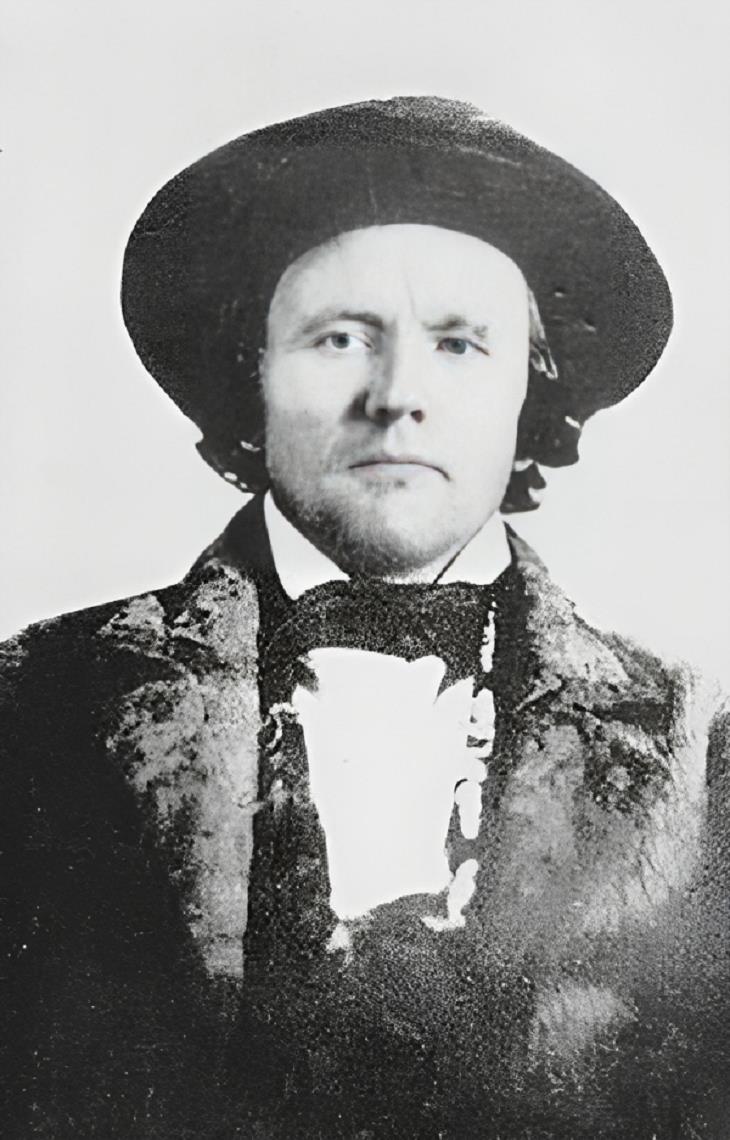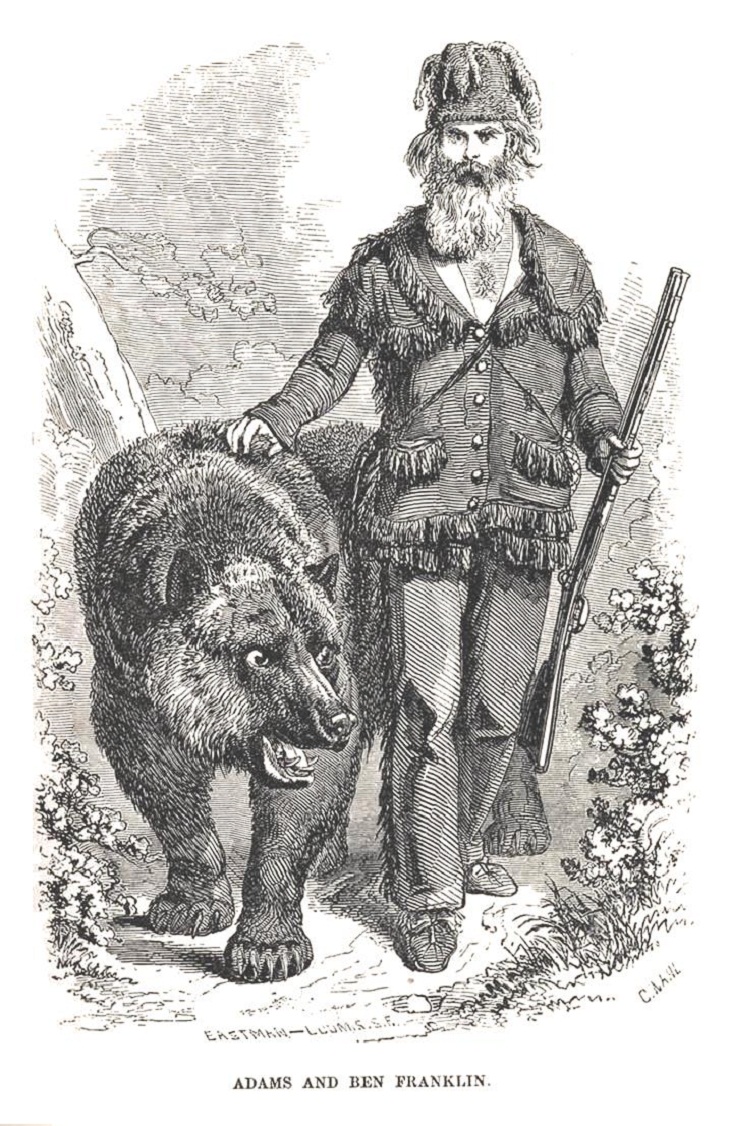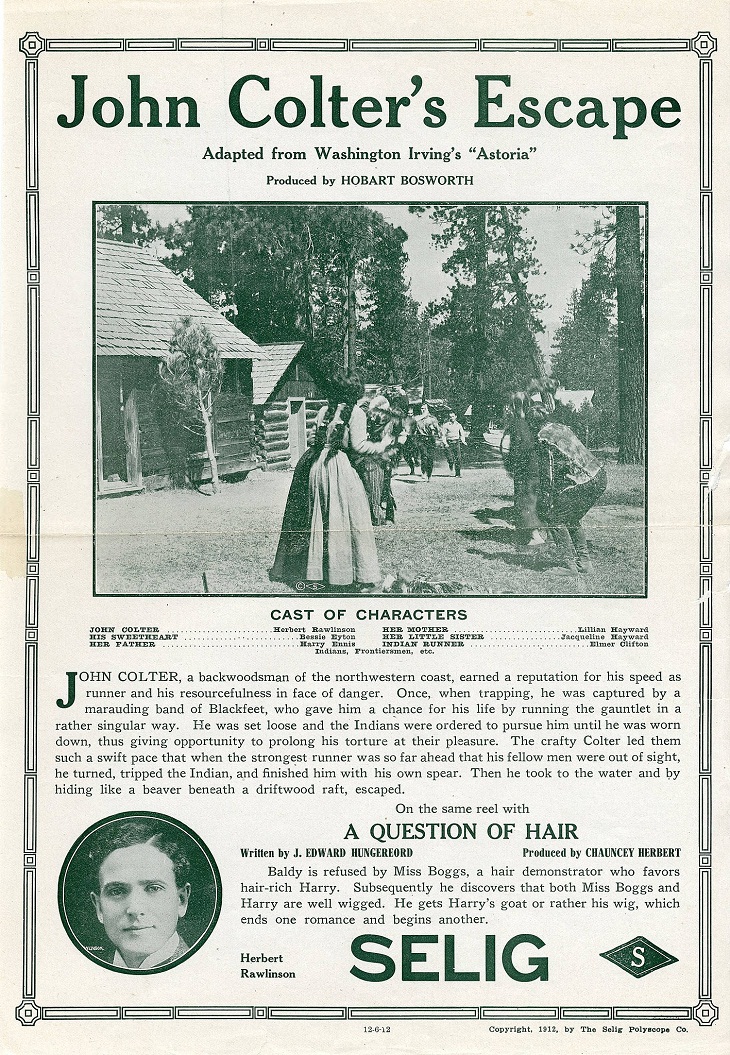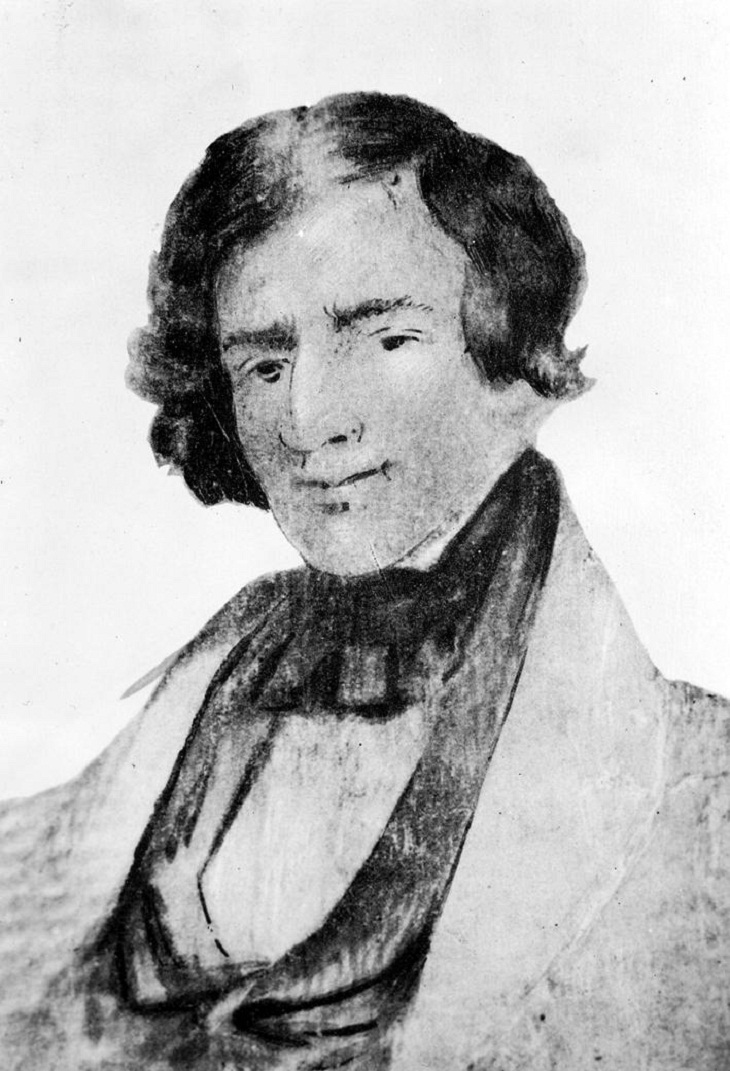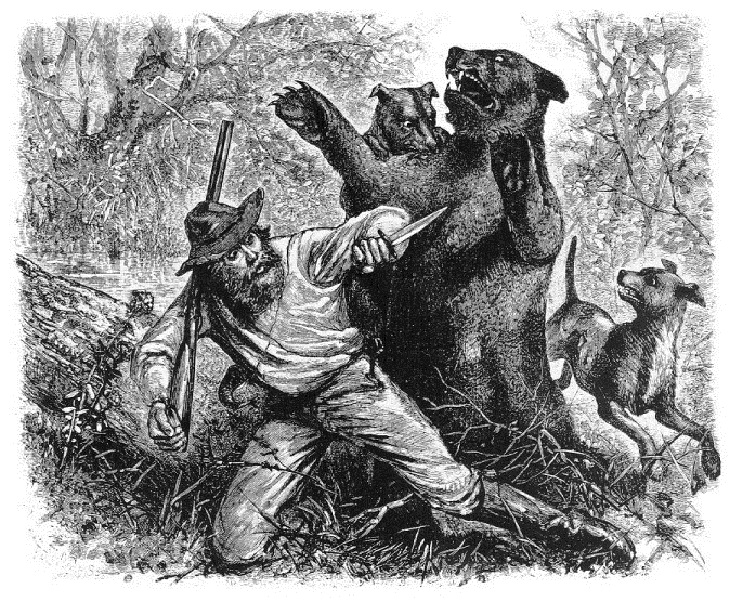Jim Bridger, an eminent American frontiersman, fur trapper, and wilderness explorer, was essential to the country's westward movement in the 19th century. Bridger, who was born in Richmond, Virginia, on March 17, 1804, rose to prominence as one of history's most famous mountain men.
Bridger's penchant for exploration brought him to the western wilderness and the Rocky Mountains, where he worked as a fur trapper and dealer of renowned fur firms, including the Missouri Fur Company, the American Fur Company, and the Rocky Mountain Fur Company. He had a reputation as a seasoned wilderness guide and outdoorsman who had a thorough understanding of the Rocky Mountains and the Western landscape.
Among Bridger's most famous achievements was the discovery of the Great Salt Lake in 1824. The Bridger Trail, which became a crucial route for settlers traveling to Oregon and California, was one of the crucial western paths he helped open up.
Because of his extensive wilderness expertise and survival skills, Jim Bridger was well-liked by his contemporaries, and his name came to be associated with the American frontier. During the period of the West's fast growth, he saw Native American tribes, wildlife, and stunning scenery.
Jim Bridger returned to Missouri after his thrilling career as a mountain man, where he lived out his final years. On July 17, 1881, he passed away, leaving an enduring mark as one of the most well-known and durable figures of the American frontier. His life and deeds continue to be honored throughout Western history and culture.
2. Kit Carson
Kit Carson, born Christopher Houston Carson on December 24, 1809, was a prominent American frontiersman and mountain man who played an important role in the United States' westward development throughout the nineteenth century. He rose to prominence as a legendary figure famed for his abilities as a trapper, explorer, scout, and Indian agent.
Carson's childhood was filled with adventure and hardship. He grew up in Missouri and began his job as a fur trapper when he was quite young. He worked for several fur enterprises, including the Rocky Mountain Fur Company, and spent many years in the American West's rough wilderness. His knowledge of wilderness survival, hunting, and navigating the Rocky Mountains gave him the title of "one of the most skilled mountain men of his time."
Kit Carson also participated in various military campaigns and expeditions. He played a crucial role as a scout for explorer John C. Frémont during multiple expeditions to the American West. His knowledge of the terrain, coupled with his ability to communicate with Native American tribes, was invaluable during these journeys.
Carson was appointed an Indian agent because of his reputation as a skillful frontiersman and scout. He was tasked with establishing peaceful relations between Native American tribes and the U.S. government. Carson played a role in several events of the American Indian Wars, including the forced relocation of the Navajo people, also known as the "Long Walk."
Over the course of his life, Kit Carson achieved fame in American literature, inspiring numerous books and tales chronicling his exploits. In the 1860s, he concluded his service in the military and government and made his home in Colorado. His name graces Carson City, Nevada, along with several other landmarks across the American West.
Carson died on May 23, 1868, in Fort Lyon, Colorado.
3. John “Grizzly” Adams
John "Grizzly" Adams was a legendary nineteenth-century American mountain man, hunter, and showman. He was born in Medway, Massachusetts, on October 19, 1812, and became famous for his brave contacts with grizzly bears and other wildlife.
Adams achieved fame through his work as a bear hunter and trainer. He spent much of his time in the American West's wilderness, roaming the Rocky Mountains and California. Adams was gifted at communicating with and befriending wild creatures, particularly grizzly bears. He claimed to have captured and trained several grizzlies, even taking them on the road as part of his zoo.
In the 1850s, Adams became a popular attraction in San Francisco after achieving international recognition for his work with grizzly bears. He wowed audiences with his trained bears and other animals, giving him the moniker "The Grizzly Bear King." During the Gold Rush era, his theatrics and daring acts made him a sensation.
Adams' life and experiences were later romanticized in books, plays, and films, including the 1974 film The Life and Times of Grizzly Adams.
Unfortunately, Adams died in a grizzly bear attack on October 25, 1860.
4. John Colter
John Colter was a famous mountain man and explorer who was instrumental in the early discovery of the American West in the early nineteenth century. Colter, who was born in Stuarts Draft, Virginia in August 1774, is arguably most remembered for his involvement with the Lewis and Clark Expedition, also known as the Corps of Discovery.
Colter was one of the original members of the Lewis and Clark Expedition, which set out in 1803 on an epic journey to the Pacific Ocean and back. He was a significant asset to the expedition, often working as a scout and frontiersman. Colter's daring spirit propelled him to become the first European American to enter what is now Yellowstone National Park.
One of the most notable incidents associated with John Colter's exploration happened after his departure from the Lewis and Clark Expedition. In 1807, he abandoned the company and undertook a solo expedition into the woods. During this historic voyage, he became the first known white man to discover the geothermal wonders of the Yellowstone region. Colter's dramatic descriptions of the area's hot springs and geysers were viewed with suspicion at first, but eventually proved correct.
Colter's exploits earned him the nickname "Colter's Hell" due to the harsh conditions he endured in the Yellowstone area. His tales of geothermal wonders and contacts with Native American tribes like the Crow and Blackfeet added to the mythos of the American frontier.
John Colter's life was defined by his pioneering spirit and survival skills in the West's untamed wilderness. He became a fur trapper after his exploring years and continued to live a tough and adventurous life. In 1812, he died in obscurity in Missouri.
5. Jedediah Smith
Jedediah Strong Smith was a well-known early-nineteenth-century American mountaineer and adventurer. Smith, who was born in Jericho, New York, on January 6, 1799, is well-known for his vast journeys and contributions to the exploration of the American West.
Smith's career as a mountain man began in the 1820s when he joined the Rocky Mountain fur trade. He worked for several fur trading enterprises, notably the Hudson's Bay Company and the American Fur Company, and swiftly established a reputation as an adventurous frontiersman with unsurpassed wilderness expertise.
One of Smith's major accomplishments was his exploration of the American West, particularly the land that would become California, Oregon, and the Southwest. He made the first documented overland voyage to California in 1826, crossing the Sierra Nevada Mountains and arriving on the Pacific Coast. He also made substantial contributions to mapping and documenting the Western United States' geography.
Smith's explorations and adventures were marked by encounters with Native American tribes, harsh wilderness conditions, and incredible feats of survival. His journals and maps provided valuable information about the Western landscape and were instrumental in guiding subsequent pioneers and settlers.
Sadly, Jedediah Smith's life was tragically cut short at the age of 32. He was slain by Comanche Indians in the southern United States in 1831.
6. Hugh Glass
Hugh Glass is a 19th-century American frontiersman and fur trapper whose incredible story of survival and perseverance in the woods has become legendary. He was born in Pennsylvania in 1783 and became a successful fur trapper and adventurer in the American West.
One of the most famous episodes in Hugh Glass's life happened in 1823 during an expedition to the uncharted territory of the Upper Missouri River. While scouting for game, Glass was mauled by a grizzly bear, leaving him severely injured and near death. Despite his companions leaving him behind with basic supplies and two men to stay with him until he passed away, Glass managed to survive against all odds in the harsh wilderness for several weeks.
He set his own broken leg, wrapped himself in the bear hide for warmth, and crawled and hobbled over 200 miles to reach the safety of Fort Kiowa, all while enduring extreme pain, hunger, and exposure to the elements. Hugh Glass's incredible journey of survival became the stuff of legend, and it has been popularized in books and films, most notably in the 2015 movie The Revenant, where actor Leonardo DiCaprio portrayed Glass.


